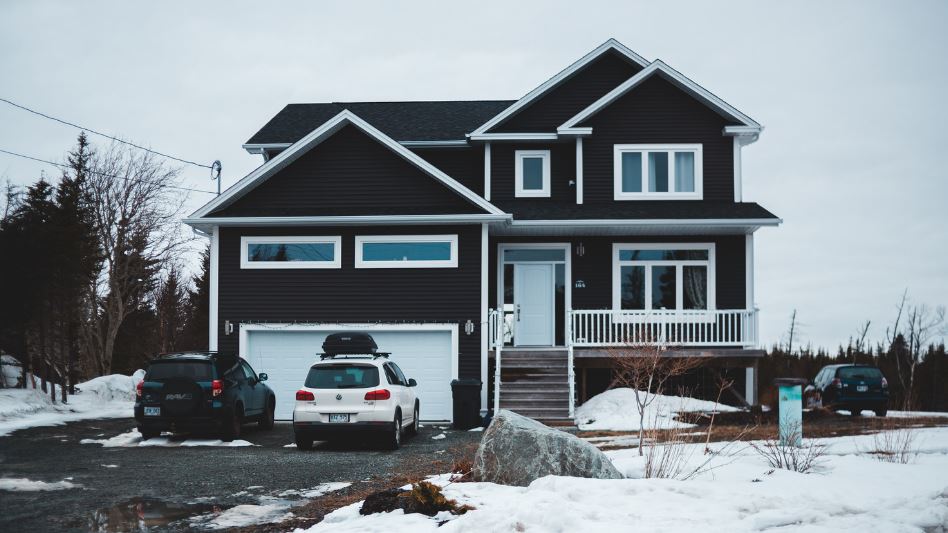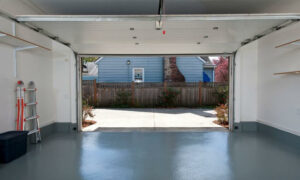>>> DOWNLOAD THE PDF TRANSCRIPT
In this three part series we have discussed how to prepare your garage for winter.
Having your garage fully prepared for winter can give you peace of mind, save you money on your electricity bill, and help keep your garage and it’s contents lasting longer.
One important part of prepping your garage is making sure the floor is properly sealed and waterproof.
CA Overhead Door knows how important this step is to winterize your garage, so today we want to walk you through waterproofing your garage floor.
Why Is It Important To Waterproof Your Garage?
Waterproofing your garage floor can help save you a lot of hassle. You can avoid garage door repair and installation, and the garage door installation costs when you take the proper precautions to keep your garage dry and damage-free.
Waterproofing your garage floor can also help your garage last longer and keep the items inside safe and sound. On top of that, it will look and feel a lot nicer in your garage.
It’s a wise idea to make sealing or resealing a part of your annual winterizing process as needed. If you seal your floor right, you won’t have to do it every year, but you can assess it each year and redo it when necessary.
The Types Of Sealants
There are several common types of sealants you can choose from when waterproofing your garage floor.
- Topical Garage Floor Sealer
- Garage Floor Coatings
- Acrylic Concrete Sealers
- Epoxy Concrete Sealer
- Polyurea Sealant
The type you choose should depend on what you’re looking for in your garage floor.
According to Anderson Painting,
“The most commonly used material for garage floor sealing is epoxy floor paint. However, this isn’t your only option. Some other garage floor sealing options include acrylic, siloxane, and polyurea. Each type of sealer results in a different finish. If you’re really aiming to create a showroom, polyurea seal provides a glossy finish with a textured appeal. This surface is incredibly durable, flexible, and easy to clean as well.”
Steps To Waterproof Your Garage
Step One: Empty your garage and clean the floor thoroughly
A full or dirty garage would make this process much more difficult and give you poor results. You will have a much better result if you clean out your garage first and make sure the floor is squeaky clean.
Step Two: Inspect your garage floors and walls for damage
Making sure you take care of any damage is a key part of waterproofing your home. If you leave cracks or holes anywhere then water can still seep in and wreak havoc on your garage.
Step Three: Repair damage
When you are sure to handle damage upfront you can avoid future costs – like garage repair and installation – if your garage door gets ruined due to water damage.
Step Four: Paint walls with waterproof paint
For your garage to be fully waterproof it is important to give all of your walls and ceiling (if applicable) a good coat or two of waterproof paint.
Be sure to have a thick layer on undamaged walls/ceiling for the best results.
Step Five: Apply a sealant of your choice to the clean floor (following the manufacturer’s instructions)
Choose from the possible sealants based on your needs. Oftentimes, epoxy is the best choice for a waterproof garage floor.
Step Six: Let it thoroughly dry
Give the walls and the floor time to dry fully. If you begin walking on or moving things back in too soon you can ruin the sealant.
Step Seven: Move all of your belongings back into your garage
Once it is completely dry, you can move everything back into your now waterproof garage!
We hope our guide has been helpful in winterizing your garage. And if you find yourself in need of garage door repair and installation or you’re wondering about a garage door installation cost, contact CA Overhead Door today for a FREE estimate.





